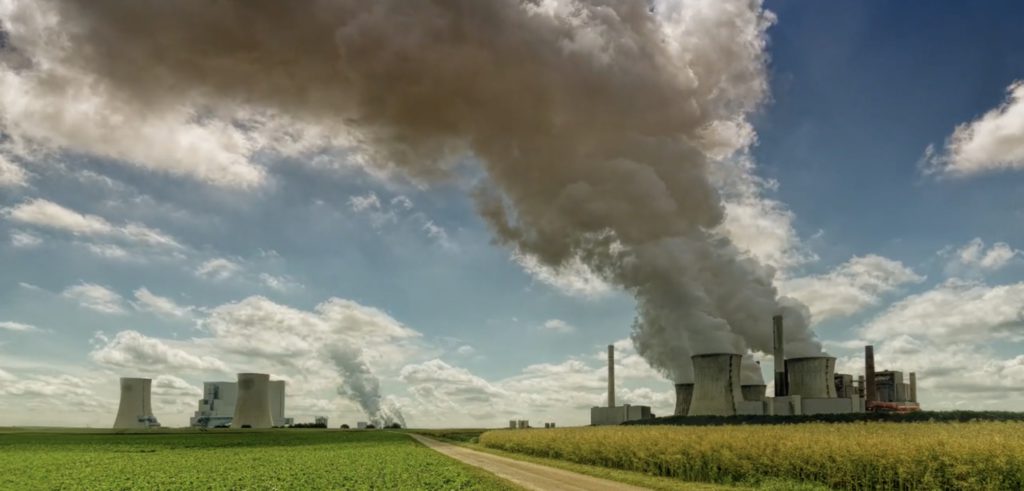Estimating CO2 Emissions from Global Power Plants Due to Heat Exchanger Fouling: A Detailed Assessment
Introduction
Heat exchangers are integral components of power plants worldwide, playing a pivotal role in the generation of electricity. However, the efficiency of these vital components is often compromised due to the problem of fouling. This unwanted accumulation of material on heat transfer surfaces, in turn, leads to an increase in energy consumption and subsequently, a surge in CO2 emissions. This article endeavors to estimate the global CO2 emissions from power plants attributable to heat exchanger fouling using the latest and most pertinent research.
Understanding Heat Exchanger Fouling
Heat exchanger fouling is a significant issue that impedes the overall efficiency of power plants. Whether it’s particulate, biological, chemical, or composite fouling, all types lead to increased thermal resistance, decreased heat transfer, and consequently, escalated energy consumption.
A research study conducted by Panchal and Ebert (1997)[1] revealed that a mere 0.025 mm layer of fouling could lead to an increase in energy consumption by nearly 40%. This increased energy usage inevitably contributes to the higher CO2 emissions from power plants, presenting an environmental challenge in the context of global climate change.
CO2 Emissions in Power Plants
Power plants, predominantly those that utilize fossil fuels, are one of the major contributors to global CO2 emissions. According to the International Energy Agency (IEA), power generation was responsible for about 41% of global CO2 emissions in 2019[2].
Within power plants, heat exchangers are commonly used in boilers, condensers, and cooling towers. Any drop in the efficiency of these heat exchangers due to fouling leads to a corresponding increase in energy consumption and consequently, an upsurge in CO2 emissions.
Estimating CO2 Emissions Due to Heat Exchanger Fouling
Estimating the global CO2 emissions attributable to heat exchanger fouling in power plants is a complex task due to the vast range of factors involved. These include the size and type of power plants, the technology employed, the age and maintenance schedule of the equipment, and the climate in the plant location.
By considering the significant contribution of power plants to global CO2 emissions and the estimated increase in energy consumption due to fouling, one can generate a ballpark estimate. Using the data that power plants contribute approximately 41% of global CO2 emissions and assuming a potential increase in energy usage of around 40% due to fouling (as suggested by Panchal and Ebert), one could postulate that heat exchanger fouling could account for an additional 16.4% of global CO2 emissions. However, this is a rough estimate and needs to be refined considering factors such as the proportion of energy consumed by heat exchangers, the variation in fouling rates, and the effectiveness of different anti-fouling strategies.
Mitigation Strategies and Implications
The substantial potential increase in CO2 emissions due to heat exchanger fouling underscores the need for effective fouling prevention and mitigation strategies. Implementing regular maintenance and cleaning procedures, optimizing the design and operational parameters, and applying anti-fouling coatings can all help combat fouling and, consequently, reduce CO2 emissions.
The implementation of such strategies not only results in decreased CO2 emissions but also leads to substantial savings in operational costs. A study by Wang et al. (2019)[3] found that optimizing anti-fouling strategies could result in energy savings of 25-35%, thus substantially reducing CO2 emissions.
Conclusion
Heat exchanger fouling is a significant concern in power plants, contributing to a considerable increase in CO2 emissions globally. While our current understanding allows for broad estimates, much work remains to be done in refining these figures and developing efficient and effective strategies for fouling mitigation.
It’s clear that the challenge of fouling presents an opportunity – an opportunity to improve the efficiency of power plants, to reduce operational costs, and to make a substantial contribution to reducing global CO2 emissions. As the urgency of addressing climate change continues to grow, so too will the importance of tackling the problem of heat exchanger fouling.
To learn more about the right antifouling technology for your heat exchangers, feel free to contact our experts.
References:
- Panchal, C. B., & Ebert, W. A. (1997). Challenges in Fouling of Heat Exchanger Surfaces. “Heat Transfer Engineering,” 18(4), 9-24.
- International Energy Agency (IEA). (2019). CO2 Emissions from Fuel Combustion.
- Wang, L., Yang, F., Taxue, L., & Peng, X. (2019). Study on energy saving potential of anti-fouling coatings for heat exchangers in power plants. “Applied Energy,” 253, 113536.



